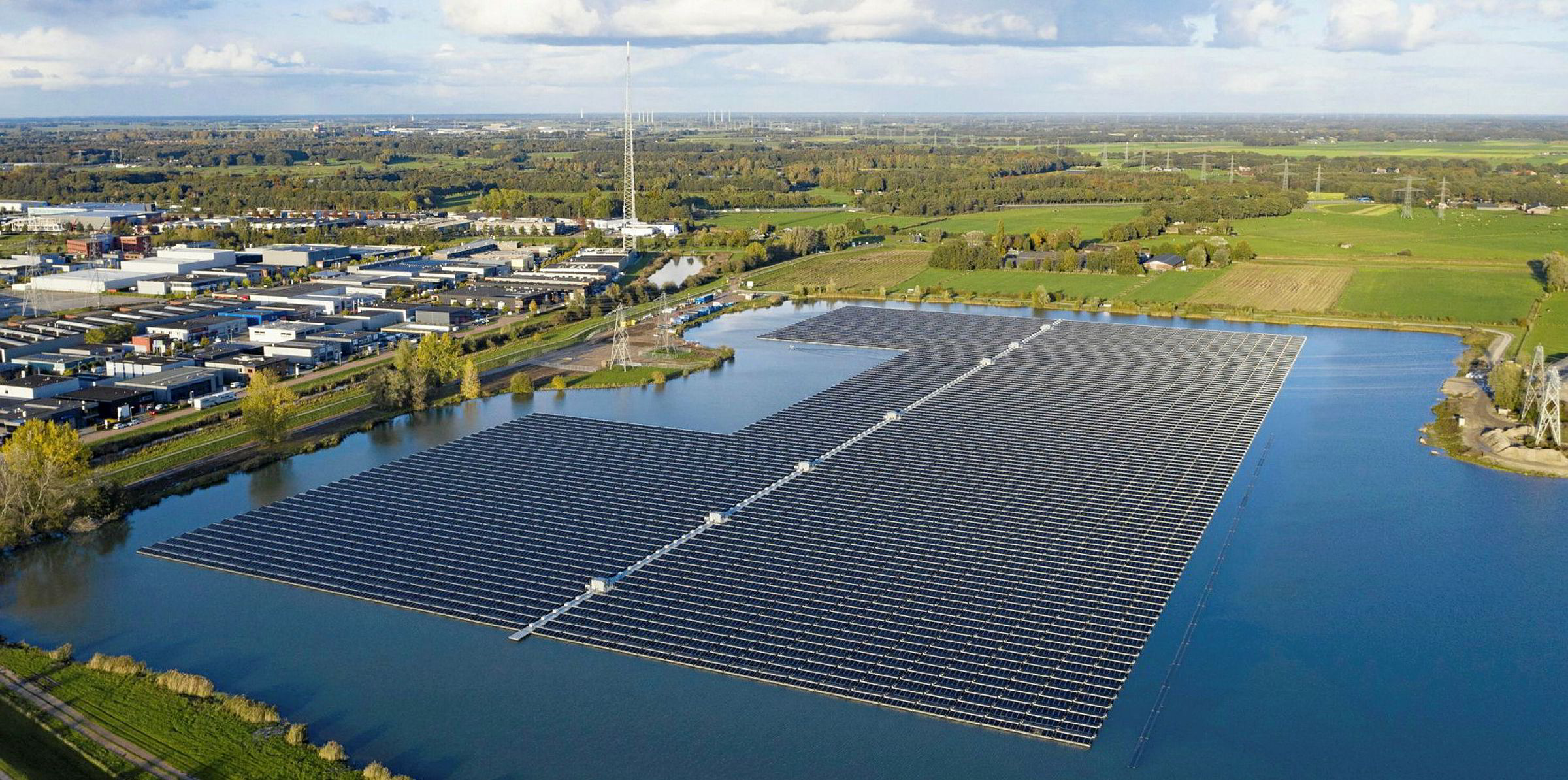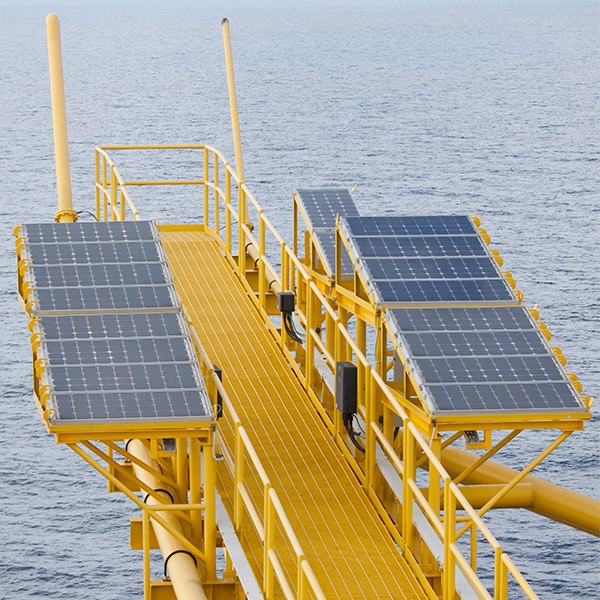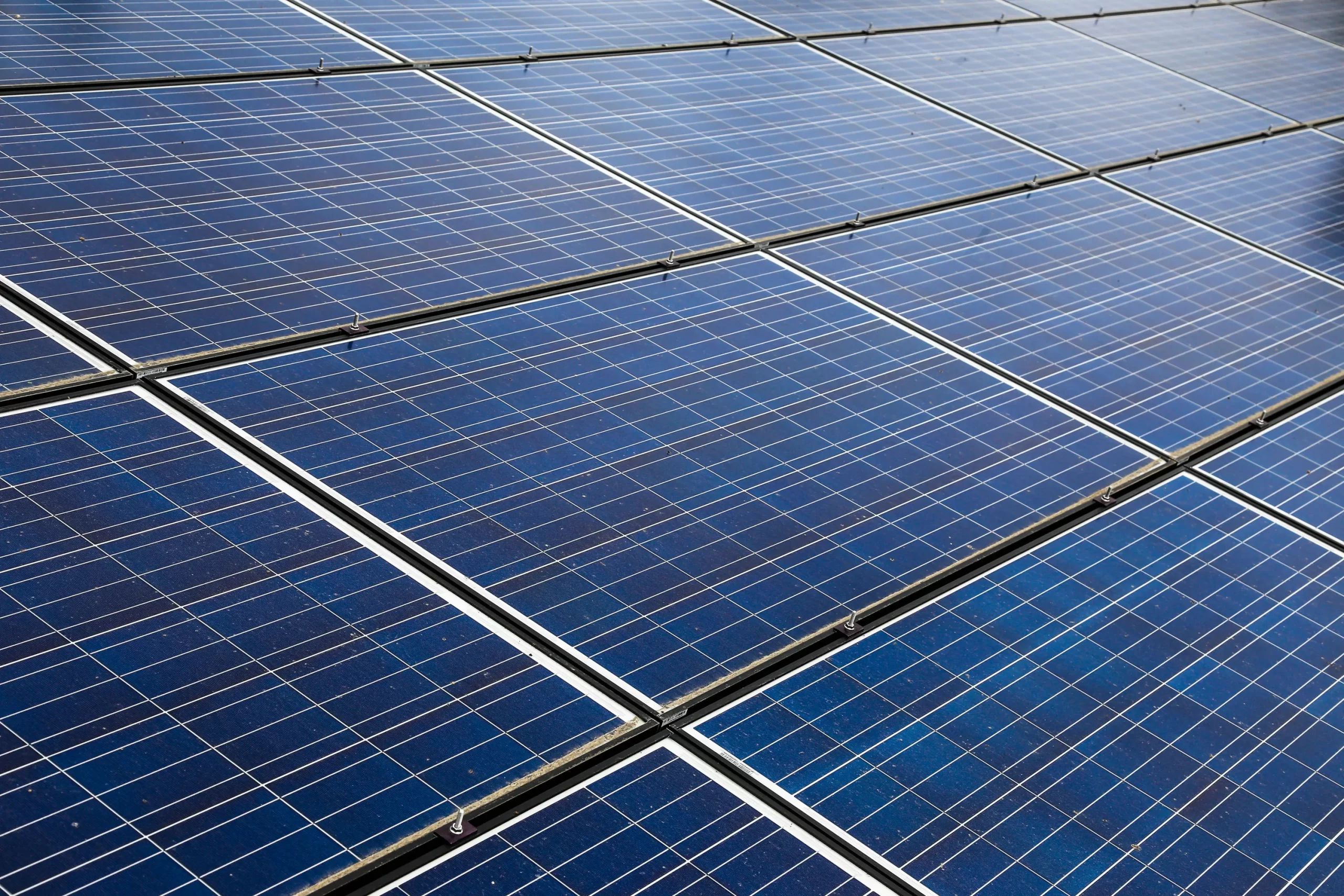Floating Solar Islands: Netherlands Aquatic Solar Projects
In the hunt for innovative solar power solutions, the Netherlands has emerged as a frontrunner in improving aquatic solar projects. This article overviews the best global practices of the floating solar islands and highlights the most recommended solar panels compatible with the floating solar projects.
Pioneering Projects in a Land of Water
The Netherlands has a network of aquatic that has emerged as an ideal place for floating solar projects. These projects harness the national natural panorama to deal with the gap constraints confronted by land-based total solar farms.
The Solar Islands of the Netherlands: A Comparative Overview
1. IJsselmeer Solar Park: Located at the biggest lake in the USA, IJsselmeer, this mission is a marvel of engineering and environmental layout. The floating solar power systems are arranged in a round pattern, optimizing solar irradiance exposure. This layout reduces the amount of area wished and increases solar energy yield.
2. Almere’s Aquatic Solar Field: Situated near the town of Almere, this task demonstrates the adaptability of solar energy generation to distinctive water our bodies. Unlike the IJsselmeer Solar Park, those panels are spread out over the location, showcasing an extra traditional technique to floating solar farms.
3. Rotterdam’s Harbor Solar Array: This undertaking takes benefit of the economic panorama of the harbor of Rotterdam. The floating solar systems are strategically positioned amidst delivery routes, proving solar energy can coexist with other aquatic commercial activities.
Design and Efficiency: Cutting-Edge Technology
Each of those tasks employs specific layout elements to maximize performance. The IJsselmeer venture round format, for example, allowance for a 360-degree absorption of daylight, placing a new widespread in solar energy efficiency. In contrast, the Almere and Rotterdam initiatives attention on integrating solar power systems into current landscapes without disrupting their number one capabilities.
Environmental Impact: A Green Revolution
An extensive benefit of floating solar systems is their decreased land footprint, preserving terrestrial ecosystems. Moreover, these solar islands can affect aquatic ecosystems by using shading and reducing water evaporation, a vital component in maintaining water stages in hot summers.
Challenges and Future Directions
While promising, floating solar projects are not without demanding situations. Concerns encompass the capability effect on aquatic existence and the need for optimal designs to resist harsh climate situations. However, ongoing research and development are addressing these challenges by improving the substances and creation techniques for long-lasting solar floating systems applications.
Best Solar Panels Technologies for the Solar Floating Systems
The most suitable solar panel that Sustainergy Solar recommends and supplies for solar floating projects is the TOPCon double glass module with 54 or 60 cells, particularly the double glass layer on the front side and the glazed glass on the rear side of the module that enhances the reliability against the high mechanical load, and gives the module more resistance versus the UV rating, moreover, the high protection against the humidity.
Sustainergy technical experts recommend solar developers provide the actual operating circumstances of the floating solar systems to the suppliers to consider in choosing a suitable BOM (Bill of Material) to withstand the harassment circumstances.
Conclusion: A Beacon of Renewable Energy
The Netherlands’ aquatic solar tasks are more than a strength solution; they are a testament to the USA’s dedication to innovation and sustainability. As the sector appears for approaches to fight weather alternates, those floating solar systems provide a glimpse right into a future in which renewable electricity harmoniously coexists with nature.
The ongoing achievement of those initiatives in the Netherlands sets a benchmark for different countries, paving the manner for a greener world.




